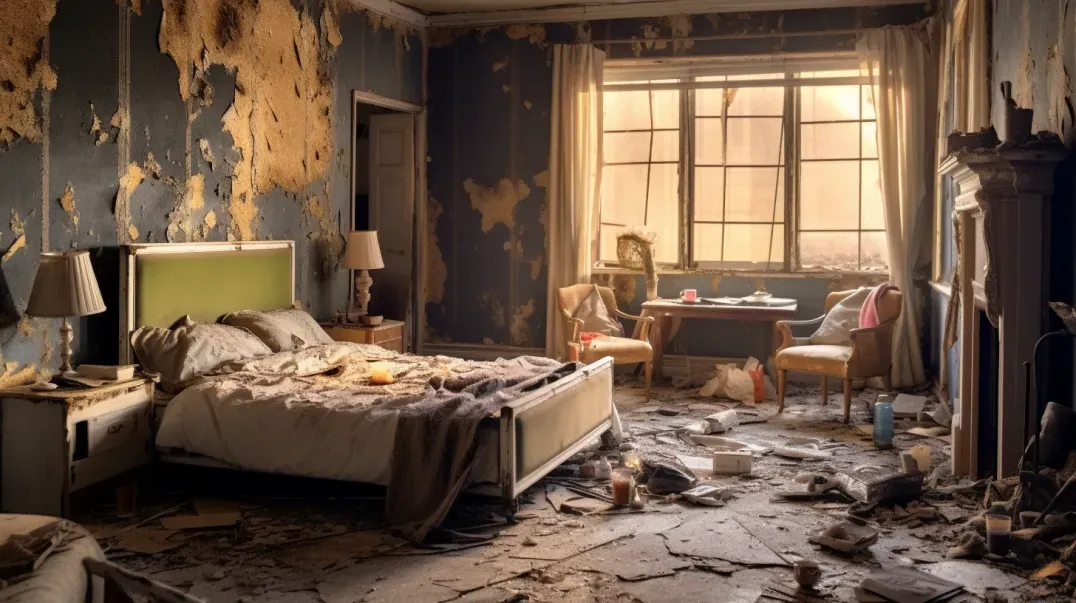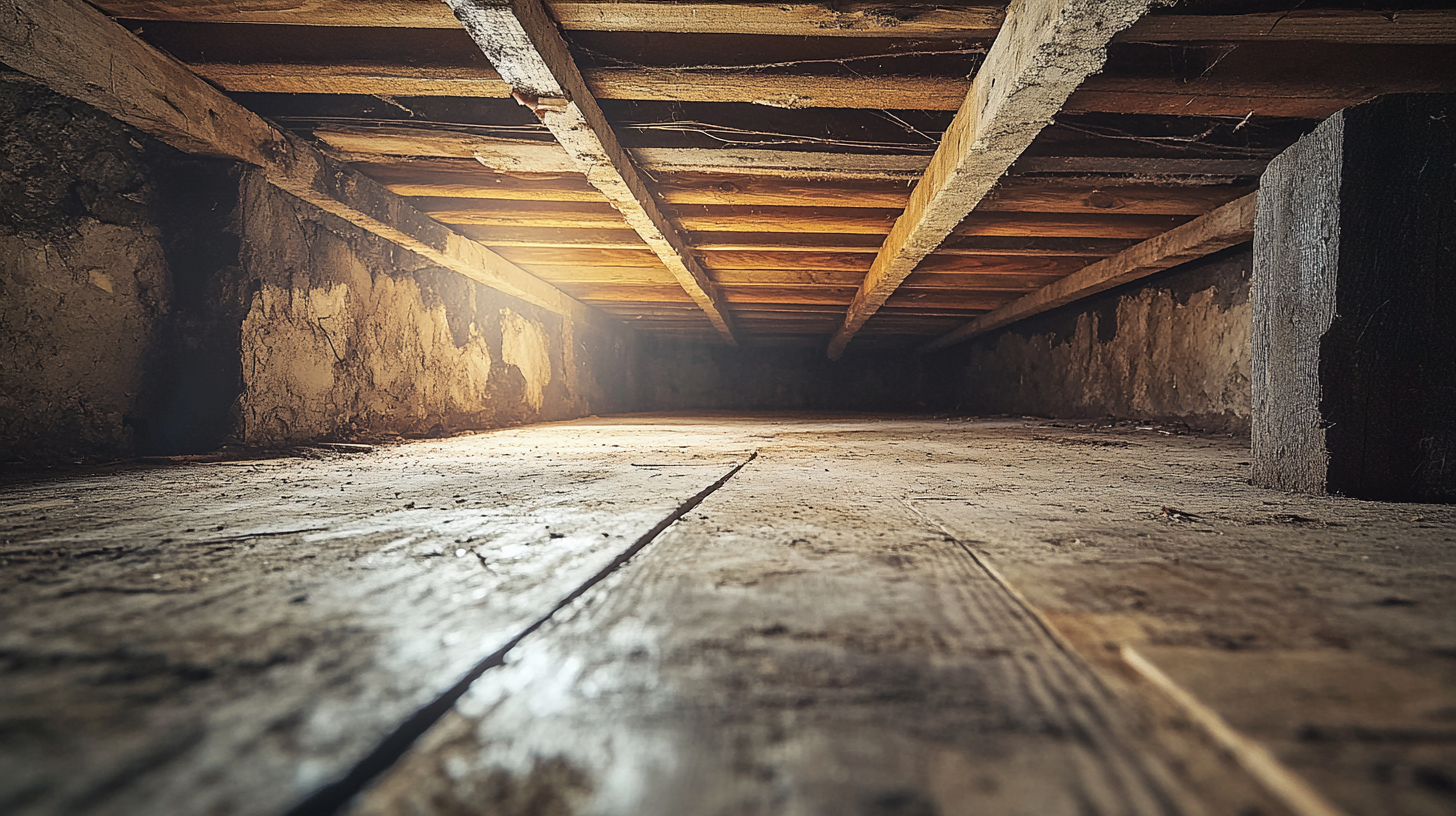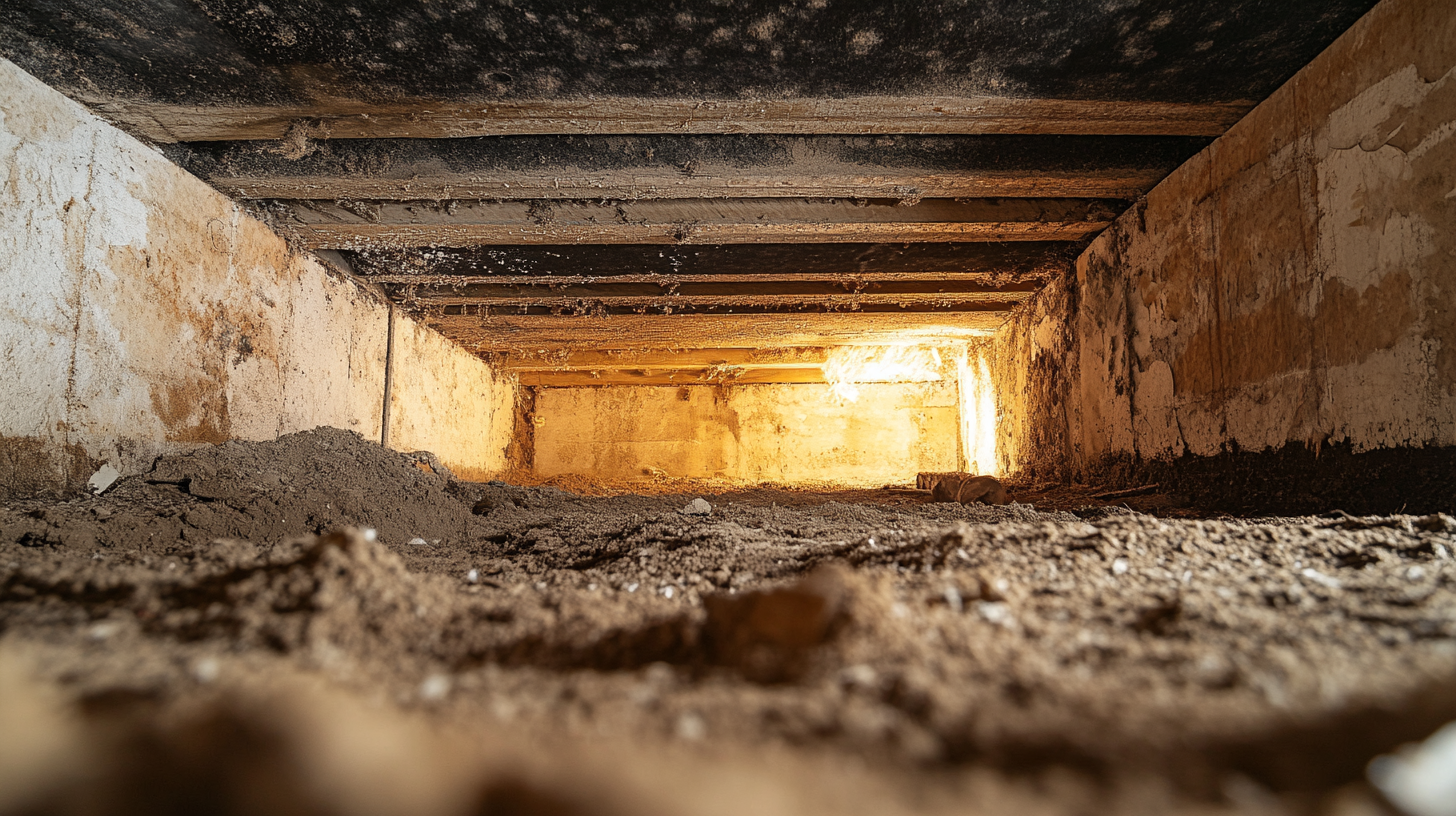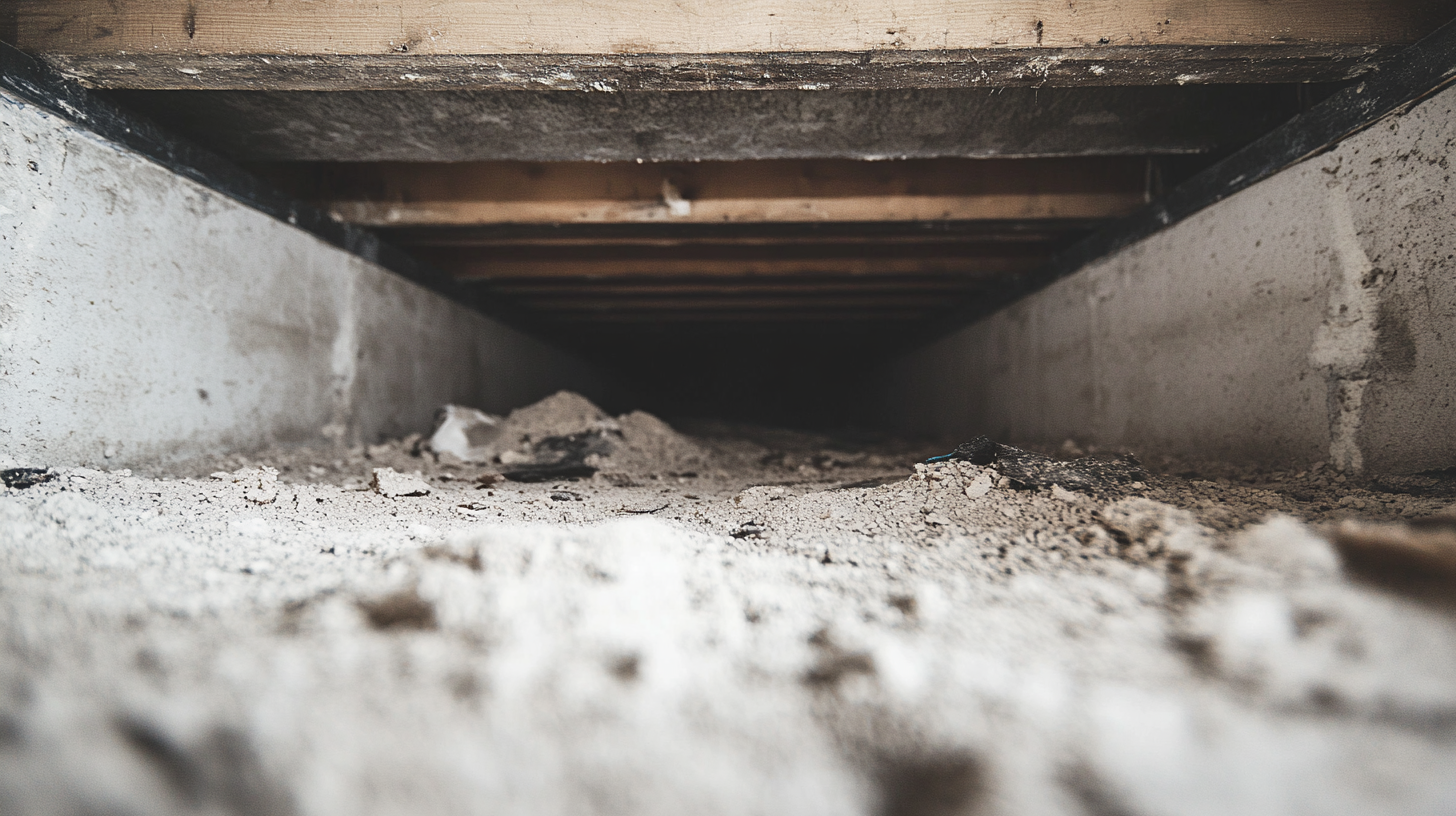Understanding Fire Damage: A Comprehensive Overview for Property Owners

Fire, a powerful and often devastating element, has the ability to swiftly transform structures from places of safety and comfort into zones of chaos and destruction. The critical nature of fire damage to properties isn't just about the immediate havoc it wreaks but also about the long-term challenges that property owners face during restoration and recovery.
Engaging with this topic requires us to not just passively consume information, but to interact deeply with the facts, connect them to real-life contexts, and consider the broader implications. Through a thoughtful exploration of the causes, effects, and recovery processes associated with fire damage, this blog aims to provide a comprehensive overview that resonates on a personal level with anyone who reads it.
Like annotating a complex text, understanding fire damage involves peeling back layers to explore underlying causes, preventive measures, and the science of fire behavior. Each post on this blog will serve as a detailed annotation of the topic, enriching your knowledge and connecting with you through shared experiences and expert insights. We will delve into case studies, expert analyses, and recovery stories to see not just the scale of fire damage but also the human resilience and technological innovations that define the aftermath.
Join us as we explore the critical nature of fire damage to properties, an issue that impacts communities, disrupts lives, and reshapes our understanding of safety and recovery. Together, we'll learn, reflect, and perhaps even find ways to mitigate such devastating impacts in the future.
Types of Fire Damage
Understanding the various types of fire damage is crucial for property owners, insurers, and restoration professionals. Each type of damage presents unique challenges and requires specific responses. By examining these damages closely, akin to annotating a text, we can gain deeper insights into their implications and the necessary recovery actions.
Structural Damage
Fire can compromise the very integrity of a building. As it burns, the heat can weaken and distort structural materials such as steel and can cause charring and disintegration of wood. This section of the blog will explore how different building materials react to intense heat and sustained exposure to flames. By annotating these effects, much like a scholar interprets a complex text, we provide readers with a detailed understanding of the signs of structural damage to look for after a fire. These signs might include visible warping, cracks in the foundation, or a sagging roof. Recognizing these signs early can be critical in ensuring the safety of occupants and planning effective restoration.
Smoke and Soot Damage
While flames cause visible damage, smoke and soot can be more insidious yet equally destructive. This section will describe how smoke and soot can infiltrate every nook of a property, leaving behind odors and residues that are difficult to remove. Soot is acidic and can cause corrosion and discoloration of walls, ceilings, and personal belongings. We'll connect this information to practical advice on cleaning and restoring items affected by smoke and discuss the health risks associated with inhalation of smoke and soot particles. Understanding these risks is essential for safeguarding the health of those involved in the cleanup process and residents returning to a fire-damaged property.
Water Damage from Firefighting Efforts
Extinguishing a fire often involves large quantities of water, which, while necessary for stopping the fire, can introduce another layer of damage to the property. This section will delve into how water can seep into building materials, leading to issues such as mold growth and the weakening of structural components. By exploring these topics, we provide a rounded perspective on fire-related damages, encouraging property owners to consider immediate and long-term mitigation strategies. Discussing water damage in the context of firefighting also highlights the dual nature of fire response—controlling the fire itself and managing the aftermath.
Assessing Fire Damage
Effective recovery from fire damage begins with a thorough and accurate assessment. This segment of the blog will dissect the assessment process much like a reader would annotate a challenging text, offering detailed guidance and insights to help property owners navigate this critical stage.
Initial Damage Assessment
Immediately following a fire, it is crucial for property owners to understand the extent of the damage. This section will outline the initial steps for safely assessing fire damage, providing a clear, annotated guide to what can often be a chaotic and dangerous task. It will emphasize the importance of ensuring personal safety while inspecting the property, such as wearing protective gear and being aware of potential hazards like weakened structures and electrical issues.
Furthermore, the necessity of professional assessments will be stressed, explaining how trained experts can accurately determine the extent and severity of the damage, which may not be visible to the untrained eye. This part of the blog will connect with readers by highlighting the critical nature of these assessments in laying the groundwork for all subsequent restoration efforts, drawing parallels to how a foundational understanding of a text can enhance further analysis and comprehension.
Working with Fire Damage Assessment Professionals
Choosing the right professional for a fire damage assessment can be as pivotal as selecting the right text for a deep literary analysis. This section will guide readers on how to choose a fire damage assessment professional, detailing what credentials to look for, questions to ask, and what to expect during the assessment process. It will annotate the typical roles and responsibilities of these experts, such as detailed inspections, sampling and testing of materials, and the creation of a comprehensive restoration plan.
Health and Safety Considerations
Navigating the aftermath of a fire involves critical health and safety considerations, much like carefully examining a text to uncover deeper meanings and implications. This part of the blog will serve as an annotated guide to the essential health and safety measures needed after a fire, providing both immediate and long-term strategies to protect property owners and restoration crews.
Immediate Safety Measures
In the immediate aftermath of a fire, securing the property and ensuring the safety of individuals is paramount. This section will outline the essential actions that should be taken to prevent further damage or injury. It will discuss the importance of structural assessments to ensure the building's integrity before re-entry, and the securing of the property to prevent unauthorized access or theft.
Additionally, the section will detail the necessary safety gear and precautions for safely entering a fire-damaged property. This includes the use of protective clothing, respirators, and gloves to protect against sharp objects, unstable structures, and toxic substances present in soot and ash. This guidance will be annotated with practical tips and cautionary advice, serving as a direct conversation with readers about how to navigate these hazardous environments safely.
Long-Term Health Risks
The long-term health effects of fire damage are often less visible but can be just as dangerous as immediate threats. This section will discuss potential health risks associated with lingering soot, smoke, and mold, which can pose serious respiratory and other health risks if not properly addressed. It will annotate these risks with explanations of how these substances affect health, and what signs to watch for indicating harmful exposure.
Furthermore, strategies for mitigating these health risks during and after the restoration process will be explored. This includes recommendations for professional cleaning and remediation services, the use of air purifiers and dehumidifiers, and tips for monitoring air quality. The section will also emphasize the importance of continual vigilance for signs of mold growth and the need for thorough cleaning of ducts and hidden areas to prevent long-term health problems.
By annotating each element of the recovery process with detailed safety and health considerations, the blog will educate and empower property owners to take informed actions. This ensures not only the structural recovery of the property but also the health and well-being of its occupants, drawing a parallel to how a well-understood and deeply engaged text can enrich the reader’s comprehension and appreciation.
Fire Damage Restoration Process
Restoring a property after fire damage is a meticulous and complex process that requires a nuanced understanding akin to deeply engaging with a challenging text. This blog segment will act as a detailed annotation of the restoration process, exploring each step with clarity and depth to assist property owners in navigating this difficult journey.
Cleaning and Sanitizing
The first critical step in the restoration process involves thorough cleaning and sanitizing of the affected areas. This section will explain the techniques and tools used to effectively remove soot, smoke, and other residues from various surfaces. Just as a reader annotates a text to uncover deeper meanings, this part of the blog will break down the science behind cleaning agents and techniques such as dry sponging, HEPA vacuuming, and the use of chemical sponges to treat different materials without causing additional damage.
Moreover, the importance of sanitizing these areas to ensure they are safe and free from harmful contaminants will be emphasized. Methods such as thermal fogging and ozone treatment will be annotated to explain how they neutralize odors and disinfect areas, preparing them for the next stages of restoration. This detailed guide will provide property owners with essential knowledge on how to address the invisible threats that linger after the visible damage has been cleared.
Repair and Reconstruction
Once cleaning and sanitizing are complete, the focus shifts to repair and reconstruction, crucial steps that determine the future integrity and safety of the property. This section will provide an overview of the repair process for both minor and major structural damages, annotating each step with practical advice on tackling different severity levels of fire impact. It will discuss the various skills and tools required to restore structural elements like beams, roofs, and walls.
The choice between restoration and reconstruction will be explored, helping owners make informed decisions based on the extent of the damage, the historical value of the property, and financial considerations. This part of the blog will act as a conversation with the reader, providing a rubric for deciding when to repair and when to completely rebuild. Similar to a critical analysis of a text, this section will guide property owners through the complex decision-making process, using expert insights to highlight key considerations such as compliance with building codes, the potential for future risks, and aesthetic outcomes.
By treating each phase of the fire damage restoration process as an opportunity to annotate and delve deeper, the blog aims to empower readers with the comprehensive understanding necessary to manage the aftermath of a fire effectively. Through this detailed exposition, property owners will not only grasp the steps involved but also the reasoning behind each decision and technique, enabling them to reclaim and restore their spaces thoughtfully and safely.
Dealing with Insurance and Financial Concerns
Navigating the aftermath of a fire involves not only addressing the physical damage but also managing the financial and insurance-related challenges that follow. This segment of the blog will meticulously annotate the process of dealing with insurance claims and seeking financial assistance, offering a detailed guide akin to a thorough analysis of a complex text, to help property owners understand and navigate these essential steps.
Navigating Insurance Claims
Handling insurance claims effectively is crucial for managing the financial impact of fire damage. This section will provide guidance on how to file insurance claims properly, emphasizing the importance of prompt and precise reporting. It will annotate the steps involved in filing a claim, from initially contacting the insurance company to filling out the required paperwork.
Additional tips will be included for documenting damages thoroughly, which is essential for substantiating claims. This includes taking detailed photos, keeping receipts for any immediate repairs or security measures taken, and maintaining a log of all communications with the insurance company. The section will also cover how to interact with insurance adjusters, offering strategies to ensure that the assessment is fair and comprehensive, and advising on how to negotiate if the settlement offered does not cover the full extent of the damages.
Financial Assistance and Resources
Beyond insurance, there are other avenues for financial assistance that can help property owners recover from fire damage. This part of the blog will explore various resources available, including government aid programs, disaster relief funds, and community fundraising efforts. Each resource will be annotated with details on eligibility criteria, how to apply, and what kind of support can be expected, providing a comprehensive overview that goes beyond the basics.
The section will also discuss the importance of understanding the limitations and stipulations of each type of financial assistance, helping readers to make informed decisions about which resources to pursue. By connecting these financial avenues to the broader context of recovery and rebuilding, the blog aims to equip property owners with the knowledge to secure the necessary funds to aid in their restoration efforts.
By treating the insurance and financial aspects of fire recovery as critical texts to be interpreted and understood, this blog will help property owners become more adept at navigating these often complex and daunting processes. The detailed, annotated guidance provided here will empower readers to take proactive steps towards securing their financial recovery and ensuring a smoother restoration process.
FAQs
Contact Fast Response Cleaning & Restoration Today!
Fast Response Cleaning & Restoration will do everything we can to ensure your experience with us is excellent.
Request A FREE Estimate
Request A FREE Estimate Form
CHECKOUT RECENT POST



Have an Emergency? We're Here to Help!
When it comes to disaster cleanup, we are a seasoned veteran in the industry and have helped hundreds of property owners just like you.
Our disaster recovery teams are available 24-7 to quickly clean up and repair disasters of all types.
